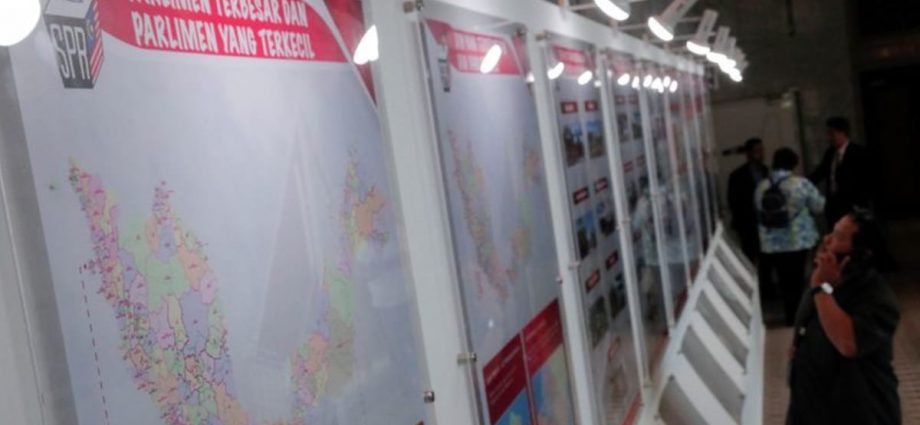
THE MAIN PARTIES
No single political party has ever formed a government on its own, and the multi-ethnic make-up of Malaysia’s society has a major influence on the composition of coalitions.
There are two main coalitions vying to form the government – Barisan Nasional (BN), which is the current ruling coalition, and the opposition Pakatan Harapan.
Barisan Nasional is led by the United Malays National Organisation (UMNO), a Malay nationalist party that prioritises the interests of the ethnic-Malay majority.
The alliance, which includes smaller parties representing ethnic-Chinese and Indian minorities, governed Malaysia for six decades before it was toppled by Pakatan Harapan in the 2018 polls due to widespread allegations of corruption.
But UMNO returned to power in 2020 as part of another alliance after the Pakatan Harapan-led coalition collapsed.
The opposition is a multi-ethnic coalition led by the reformist party, Parti Keadilan Rakyat.
Pakatan Harapan won the 2018 election under the leadership of former premier Mahathir Mohamad, but lost power two years later due to infighting. Anwar Ibrahim currently leads the alliance, and will be the coalition’s candidate for prime minister.
Current premier Ismail Sabri has been named as Barisan Nasional’s candidate to be prime minister again.
His predecessor Muhyiddin Yassin will also vie for the top post as candidate for a third alliance between the Malay-focused Bersatu and Islamist party PAS.
Campaigning lasts for up to 15 days with one day of polling. The Election Commission typically declares a winner on the same night.
This year’s election will have 14 days of campaigning, with candidates to file their nominations on Nov 5, the commission said.

